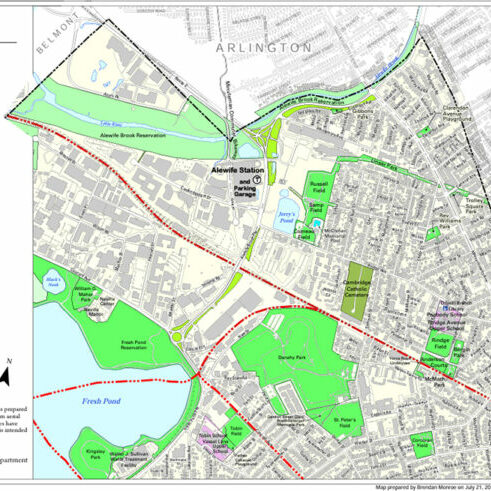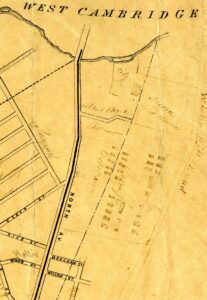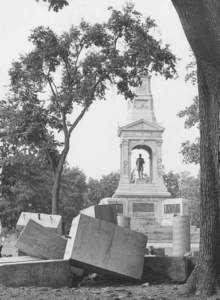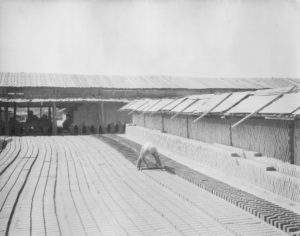
Where’s the border? Debate on North Cambridge illustrates many ways to define a neighborhood
Above image: Map of the North Cambridge neighborhood as defined by the Cambridge Development Department in 2016. (Image: City of Cambridge)
By Beth Folsom
As History Cambridge has embarked on our Neighborhood History Center model – in which we choose a different Cambridge neighborhood each year and do a “deep dive” into its past and present – we have quickly come to realize that defining a neighborhood is not as easy as it may seem at first glance. This is proving to be particularly true for North Cambridge, our 2024 neighborhood.
While History Cambridge uses the Cambridge Development Department’s definition of each neighborhood’s boundaries as our jumping-off point, we are curious to know how those who live and work in North Cambridge define their neighborhood: Is it centered around one’s school or parish community, where one works, shops, plays? For perspective on this question, we turned to Growing Up in North Cambridge, a magazine created by neighborhood resident Steve Surette to capture and share the memories of those who lived in the neighborhood over the course of the 20th century. In the magazine’s first issue, in the fall of 2006, Surette addressed the question of his own neighborhood definition, as well as how he has heard others conceiving of their neighborhood boundaries.
From Porter to the Brook
By Steve Surette in Growing Up in North Cambridge, Volume 1 (Fall 2006), Page 2The location of North Cambridge is as clear as a bell to those of us who grew up in the neighborhood, made famous somewhat by its Boston Elevated/MTA/MBTA trolley line, the porterhouse steak and the former speaker of the U.S. House of Representatives “Tip” O’Neill, who never forgot from whence he came. Today, however, an arrival to the city might hear about North Point, a development near Lechmere Square in East Cambridge, and become confused as to what is north. Actually, the entire border with Somerville is truly the north part of the city, and yet, North Cantabrigians know it really begins at Porter Square, where Massachusetts Avenue bootlegs left and ends at the Alewife Brook. Or does it?
The old North Avenue of the 1800s – later renamed Massachusetts Avenue – extended from Harvard Square to Arlington (which was once called West Cambridge) indicating that anything above the Common and the old village around Harvard Square would qualify as North Cambridge. Some might argue that North Cambridge begins there and ends at Arlington, and not the reverse – the direction away from the old center of Cambridge.
Still confused? Some purists might argue that the old neighborhood begins at the intersection of Pemberton Street, Rindge Avenue and Massachusetts Avenue while insisting that the width of our community ends at the railroad tracks on one side and the Somerville border on the other. Yet it would be difficult to tell a youngster from just over those tracks or a few houses over the city line on the Somerville side that he or she didn’t grow up in North Cambridge if family, school, church, playgrounds, work, shopping, etc., brought him or her in that direction.
In a follow-up article in Growing Up in North Cambridge a decade later, in the spring of 2016, Surette reflects on the ways in which inviting stories from his readers has expanded his own understanding of how residents have defined North Cambridge and how those borders are broader than he had expected at the outset of the magazine’s publication.
History Cambridge wants to know how you define the North Cambridge neighborhood and why – do you (or did you) live, work, shop, worship, attend school or visit family and friends in North Cambridge? Where would you place the boundaries? Has your definition of the neighborhood changed over time? Let us know your thoughts by email and be sure to sign up for our newsletter to stay up-to-date on our upcoming events and programs about North Cambridge and beyond.
Beth Folsom is programs manager for History Cambridge.
This article was originally published in our “Did You Know?” column in Cambridge Day.




